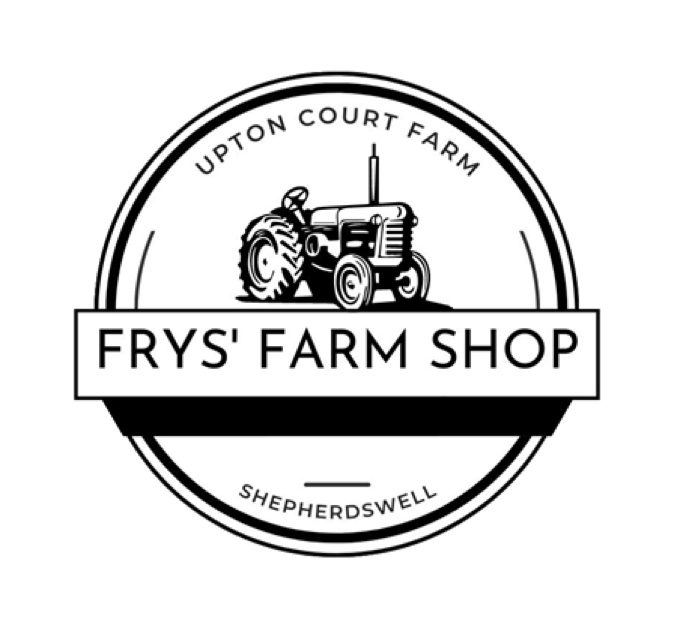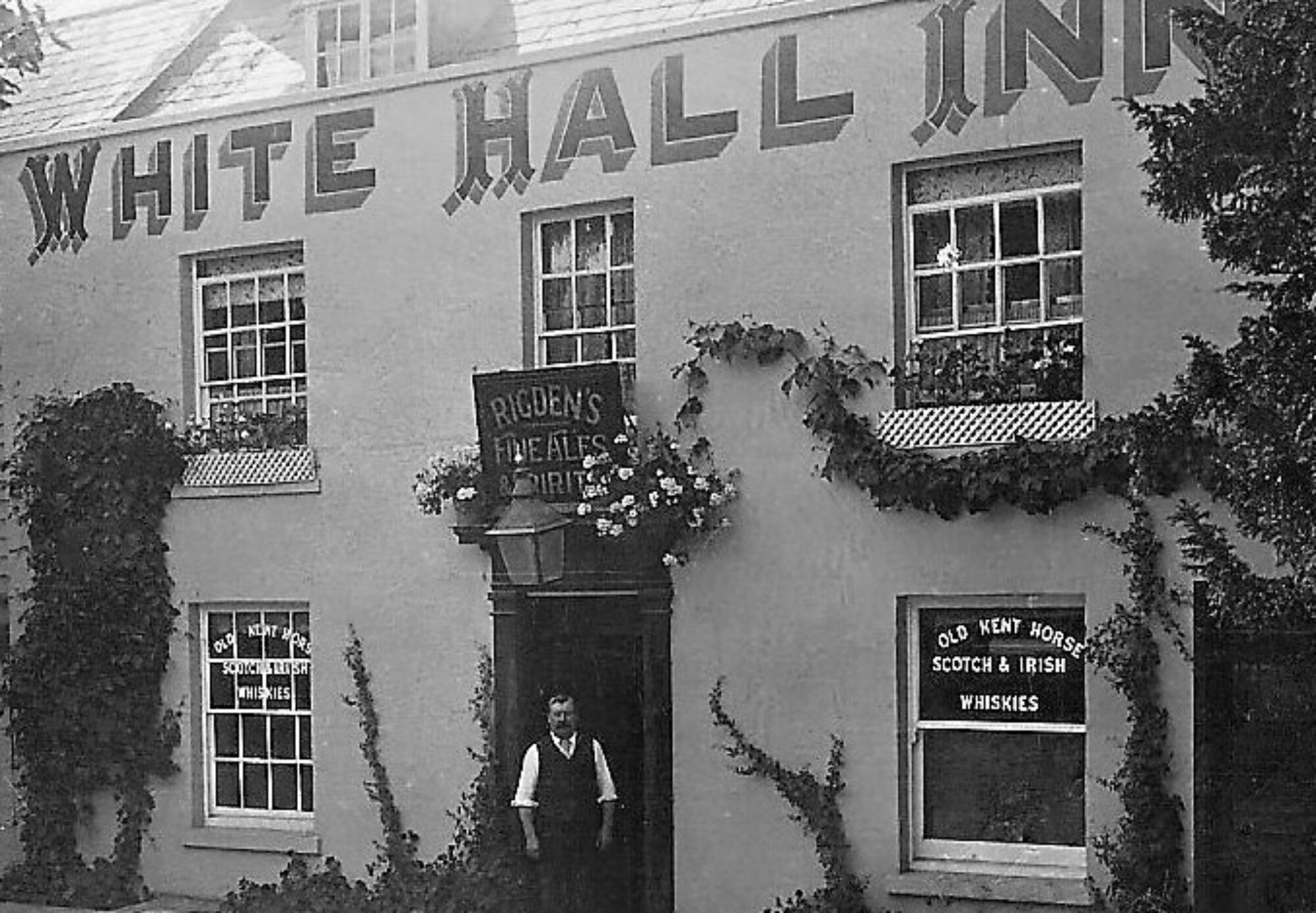Upton Court Farm, Coldred Road, Shepherdswell
The history of this farm goes back centuries. This is the site of the original manor of Shepherdswell, although the present building dates back only to the 16th century. It is Grade II listed and has been sub-divided into two dwellings , having been extended and altered during the 19th century. The farm buildings are all post 17th century.
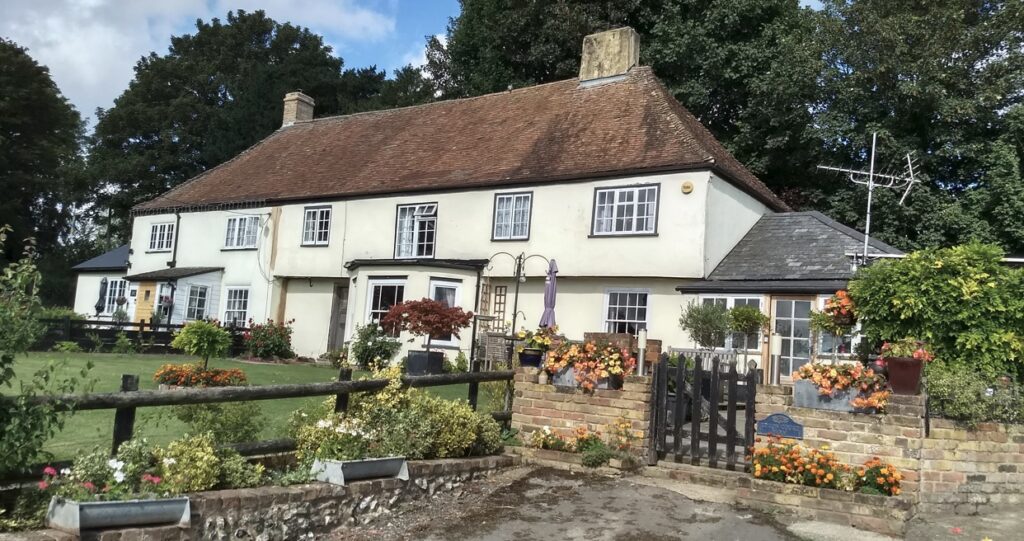
The manor and lands originally were owned by St Augustine’s Abbey at Canterbury, leased by various people who then employed others to farm the land for them. Hugo, son of Fulbert, was the first person whose name we are aware of and other lessees have included Richard (the natural son of King John), Henry de Wyngham, who was Bishop of London, his brother Walter de Wynghis, and Stephen de Pencester who obtained it through marriage to Walter’s daughter. A family called Uppeton then lived in it, giving rise to its name change to Upton Court in the reign of Richard III. The Phillipott family lived there for many generations before the time of Henry VII. Since then, it has been lived in by the Guldeford and Boys families. It then passed to Richard Merriweather who divided the property around 1720, passing Place House and Botolph Street Farm to John Lowndes of Overton in Cheshire. Subsequent owners have been the families of Turner, Sparrow, Churchill, Baldock, Slodden and, by the beginning of the 19th century, James Gunman of Dover.
In the 1841 & 1861 censuses, no addresses help to distinguish who was farming at Upton Court, but by 1871, William Hammond was noted to have “121 acres and employed 5 labourers and 1 boy”. He went into liquidation in 1880, owing £700, and had to relinquish the farm but remained living in Shepherdswell until his death in 1901.
Robert Edmund Norris then became the tenant farmer of the 120 acres, employing three men and a boy. He lived with his family and various farm servants. He took an interest in village life and became a parish councillor and was church warden for approximately 25 years, after taking it on temporarily. He sold his stock and implements in 1912 when he retired and remained in the village until his death aged 82.
It is likely that 1912 is when William Sherrin Gare took over. William had originally worked for Richard Higgs at Coxhill Farm, although he was born in Somerset. During WW1, in June 1916, he applied to the Dover Rural Tribunal to keep George Richard Hogben working on his farm as a waggoner, rather than him having to join up. At that time the farm was 160 acres and William employed six men so the application was refused. Another application for one of his employees, Robert Sheaff, who was his waggoner and ploughman, was also recommended for refusal. At that time, 136 of William’s 181 acres were arable and, as it was April, the farm was busy with ploughing and field preparation for food crops. Robert was given a two-month exemption, after which he would be conscripted.
In 1921, the Earl of Guilford sold off the farm, buildings, and land by auction of 11 Lots. The land consisted of 149 acres and 24 perches, of which 81 acres, 3 rods and 8 perches comprised the dairy farm. Lot 1 contained the farmhouse and outbuildings as part of the dairy farm and the remaining lots were sold as mostly small plots of land. These plots fronted both Mill Lane and the Shepherdswell to Eythorne Road and were likely subsequently where housing now stands.
William Gare took over the farm following this. He died in 1931 after three months of illness. Life for Minna Gare, his wife, didn’t go smoothly following his death; there was a fire at about 11pm one evening in 1932, in a stack of wheat straw in the farmyard, valued at £100. It was close to the farm buildings and another stack. Minna alerted the captain of the local volunteer fire brigade, Fred Dixon, with the brigade running a hose from Moon Hill, across the garden belonging to Colonel Archer, and three wire fences, to reach the farmyard. Luckily they managed to contain the fire and stop it spreading, although the firemen remained on site until around 7am the following morning to make sure all was safe. Fred, a married man, lived in the adjoining cottage to Minna and was employed on the farm as a stockman and milkman. Worse followed in 1933 when Fred was accidently shot in the barn early one morning. John Pemble, “an elderly man”, had just loaded a rooking gun and was putting it under his arm when it went off. Fred was quick to say to people attending him that it had been an accident. He was taken to hospital but died after surgery, believed at the inquest to have been due to shock.
Minna sold up to Reginald Fry later in 1933. Reg brought his family down from Derbyshire in 1932 where he had farmed previously. They lived in one room until the sale of the farmhouse was completed.
Upton Court Farm has remained in the Fry family since then.
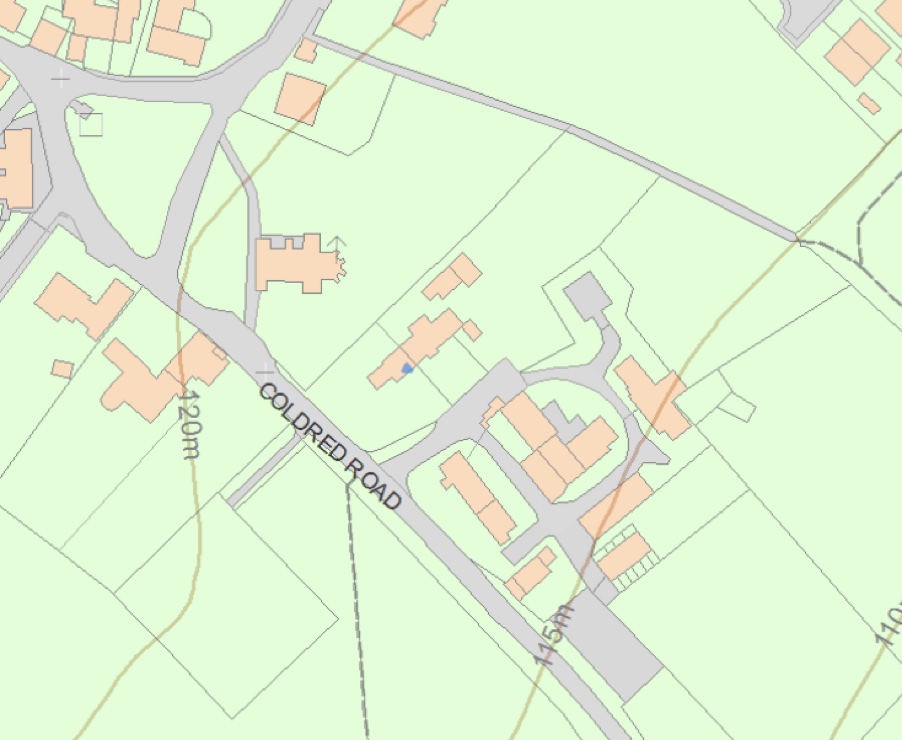
Reg farmed with his two sons, Ted and Stan, continuing the dairy business. The farm got its first telephone in 1937, with the number 363. His wife Winifred died in 1945 and when he died, the farm went to his sons, Ted and Stan. Stan wanted to get out of farming so the brothers sold some of the land to give Stan his share and Ted farmed the remainder. The land is now owned by Richard Fuller and is currently farmed by Velcourts, a company that farms thousands of acres in the countryside and gives a percentage of profit raised to the owners. It’s not known when the farm became solely arable.
Ted and his wife Doreen opened a farm shop in the cow shed which closed only in the 1980s and is still remembered by many villagers. It has been re-established recently (2023) by the family in the original cow shed and has been much welcomed by locals. They have renovated the counter used by Ted and Doreen and give customers a very warm welcome.
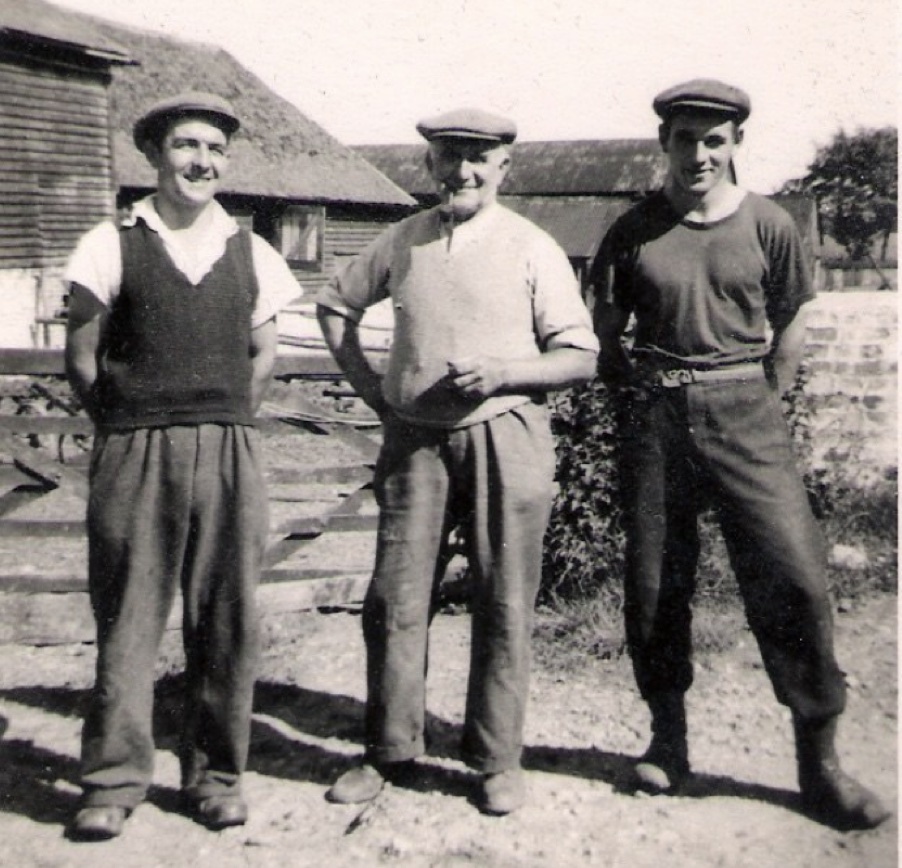

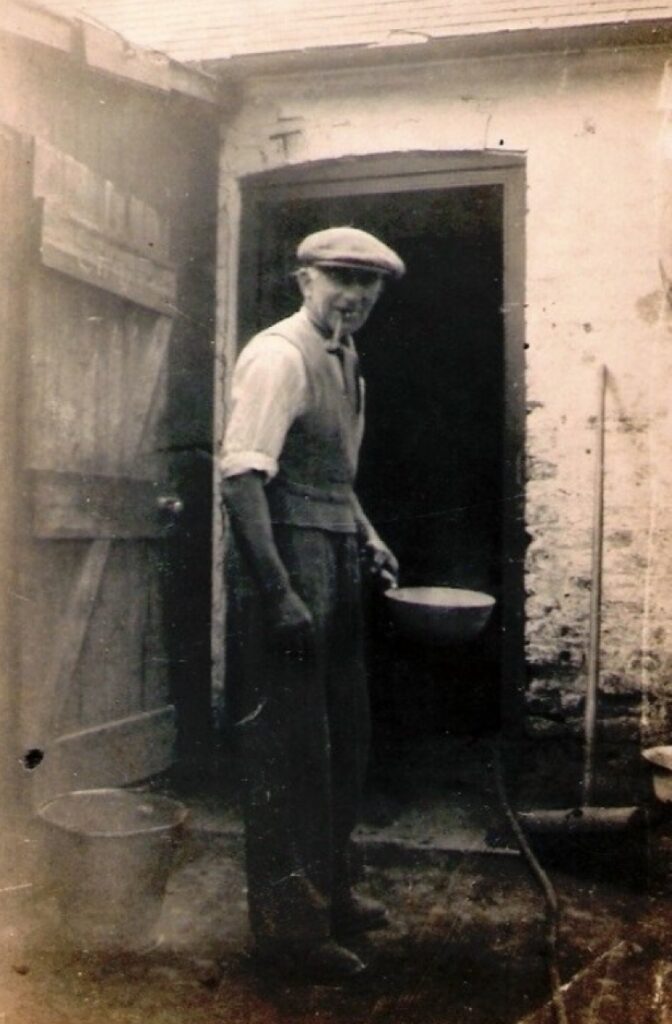
Reg Fry
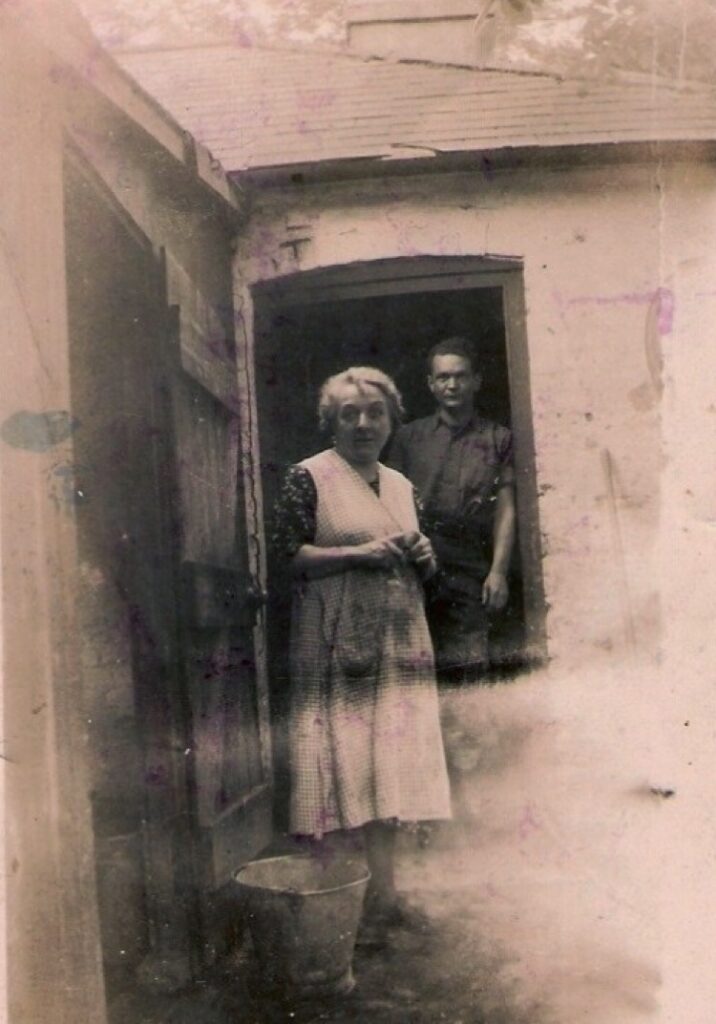
Winifred Ellen Fry
